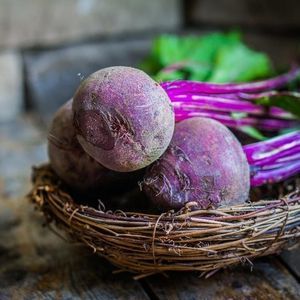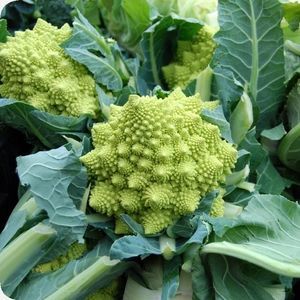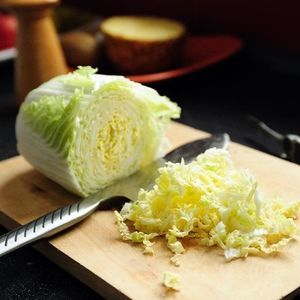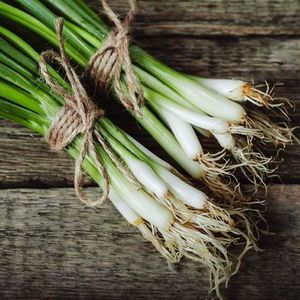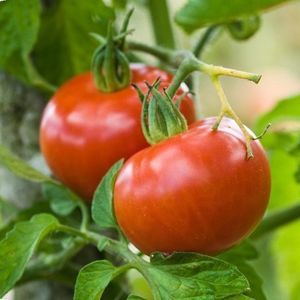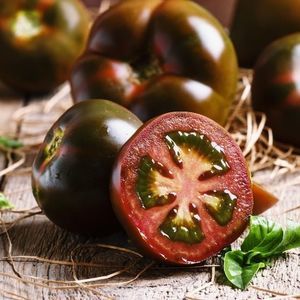
- Seeds and crop inputs
- Seed & plant
- Fruiting vegetable seed
- MSL GmbH & Co. KG
Annual chard seed Rhubarbegreenbiological
Add to favorites
Compare this product
Characteristics
- Availability
- annual
- Other characteristics
- green, biological
Description
Rhubarb is a high-yielding Swiss chard variety with dark-green, slightly crinkled leaves with carmine red stems and veins.
Natural location: Swiss chard has already been cultivated by the ancient Greeks.
In the kitchen: The stems can be prepared on its own by cooking in saltwater and refining - like asparagus - with butter or béchamel sauce. For preparing Swiss chard spinach you may remove the stems and cook the chopped leaves in oil covered by a lid. The spinach becomes more hearty if you add a couple of slightly fried onion pieces. You may also use the Swiss chard in whole to prepare as a delicious vegetable. Since the stems will take somewhat longer for cooking than the leaves, you should chop them into pieces together with some onion and initially simmer them briefly. The leaves are to be added later on. Tomatoes, peppers or white mushrooms go very well together with Swiss chard. In Yugoslavia, chard vegetable is mixed with crushed potatoes and lots of garlic. For that, you simmer the chopped stems in olive oil, add a layer of thinly sliced potatoes on top and let it stew for about 15 minutes. After that, you add chopped garlic and the cut Swiss chard leaves and let it simmer more, until the potatoes are soft to eat. Large leaves of Swiss chard can also be used for roulades. Swiss chard can be preserved and stored well, after it is blanched.
Catalogs
Related Searches
*Prices are pre-tax. They exclude delivery charges and customs duties and do not include additional charges for installation or activation options. Prices are indicative only and may vary by country, with changes to the cost of raw materials and exchange rates.










